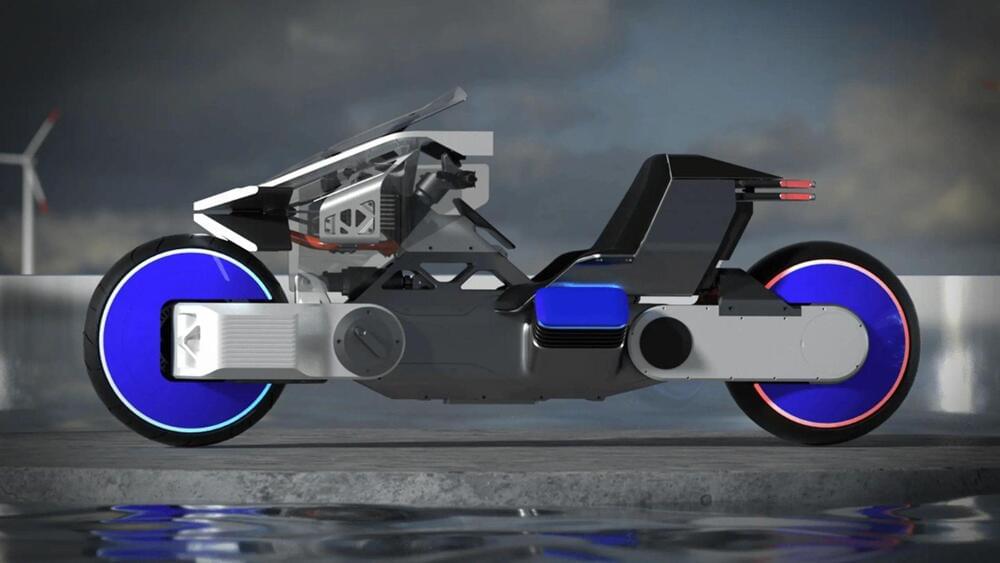The U.S. Cybersecurity and Infrastructure Security Agency (CISA) has published three Industrial Control Systems (ICS) advisories about multiple vulnerabilities in software from ETIC Telecom, Nokia, and Delta Industrial Automation.
Prominent among them is a set of three flaws affecting ETIC Telecom’s Remote Access Server (RAS), which “could allow an attacker to obtain sensitive information and compromise the vulnerable device and other connected machines,” CISA said.







